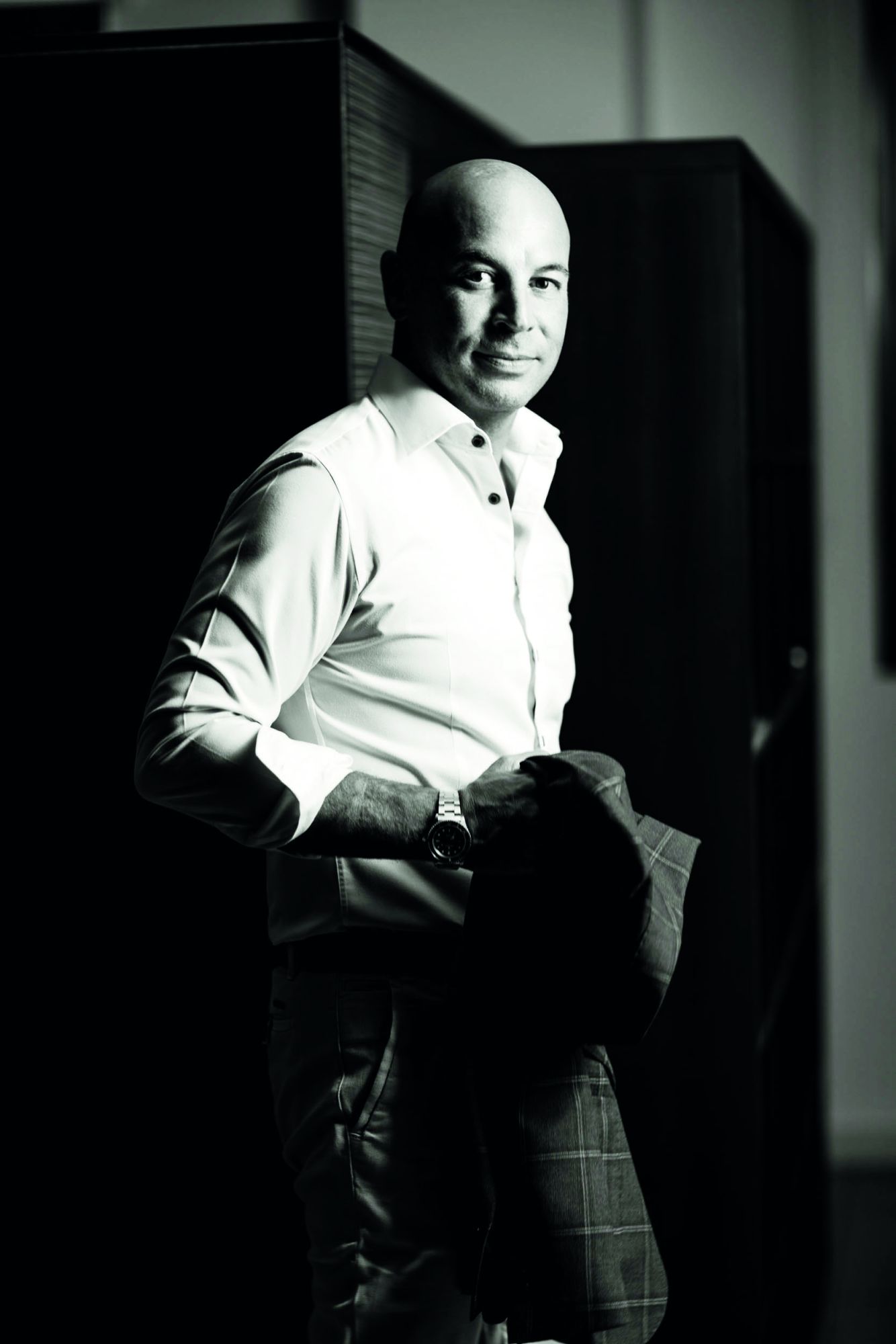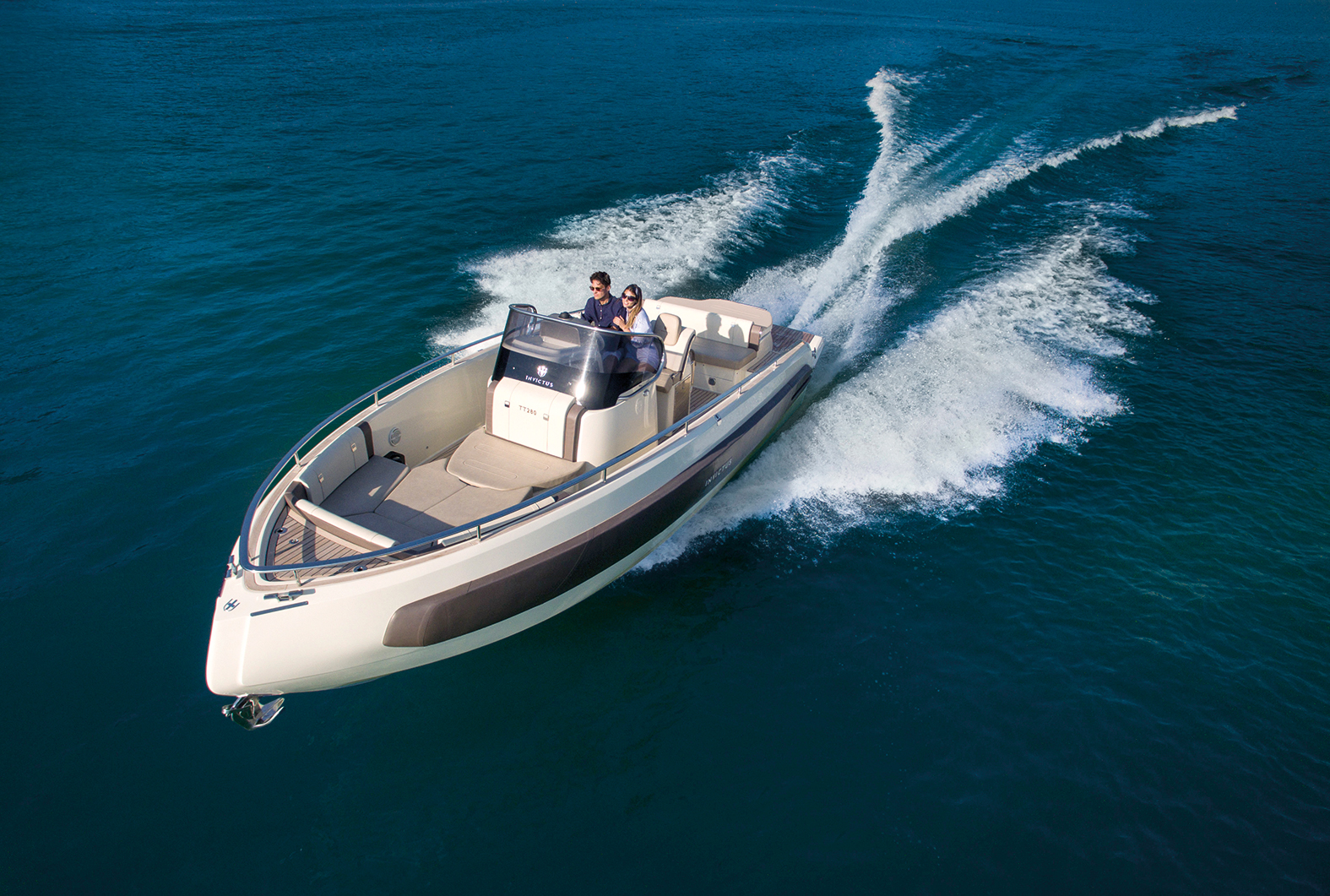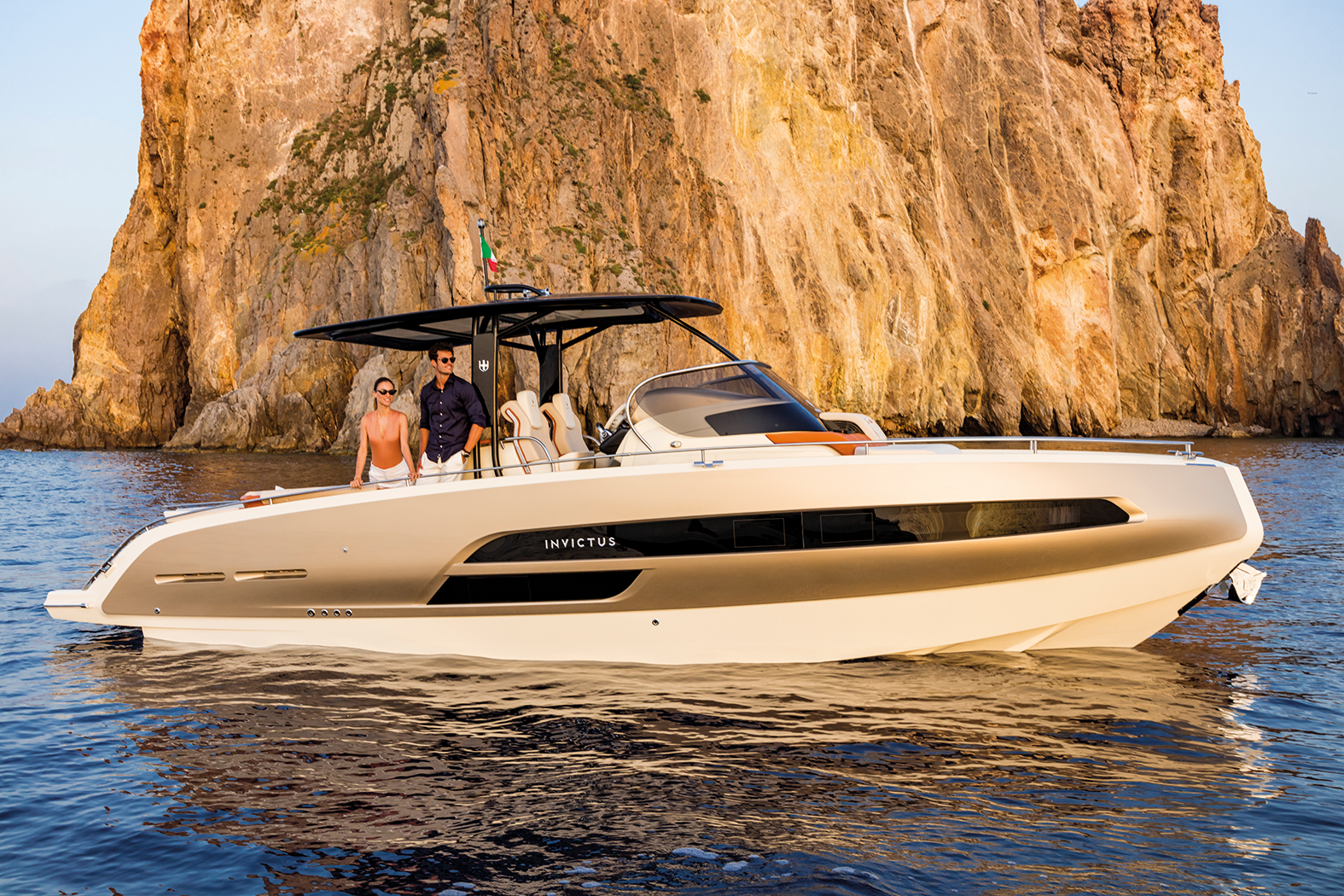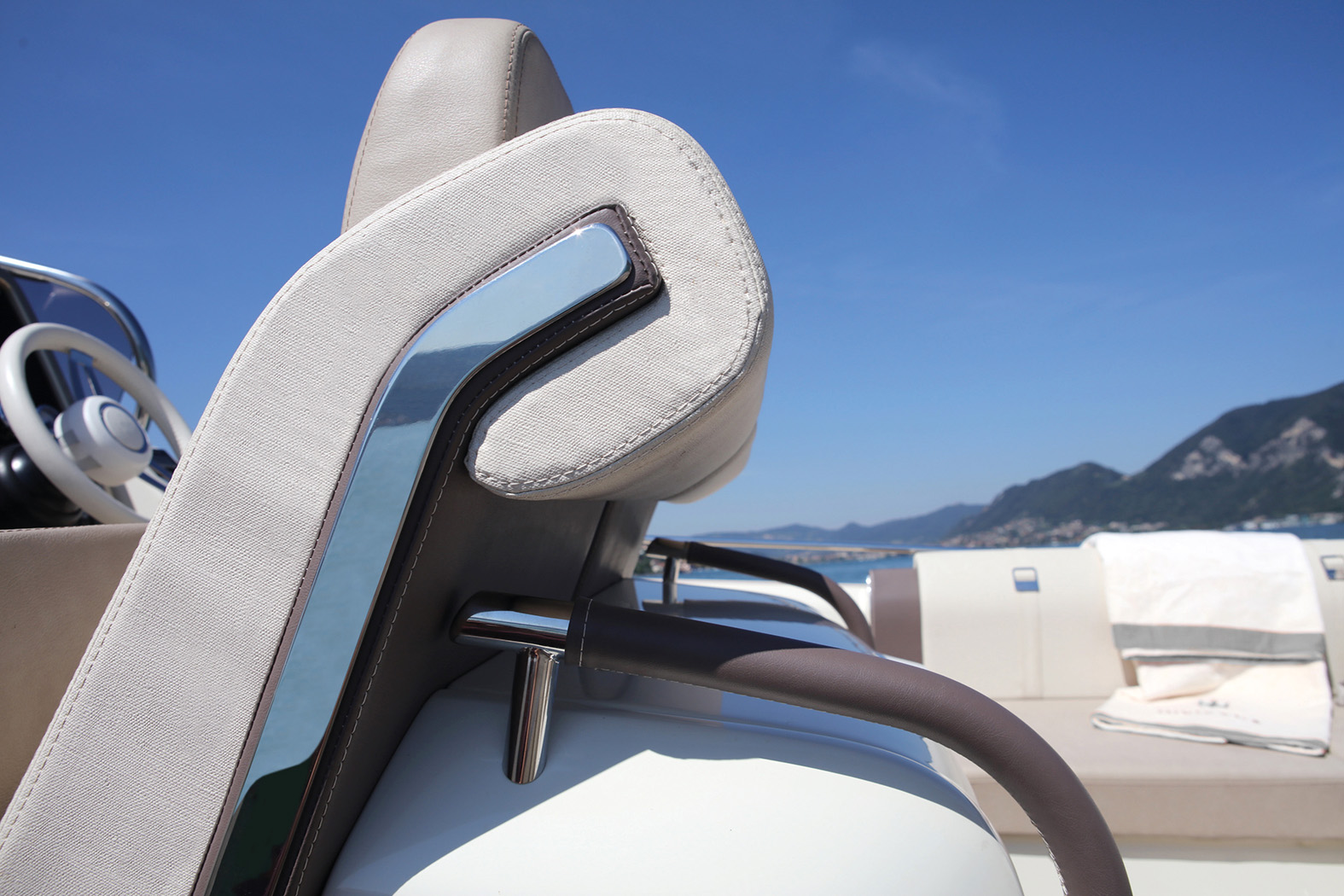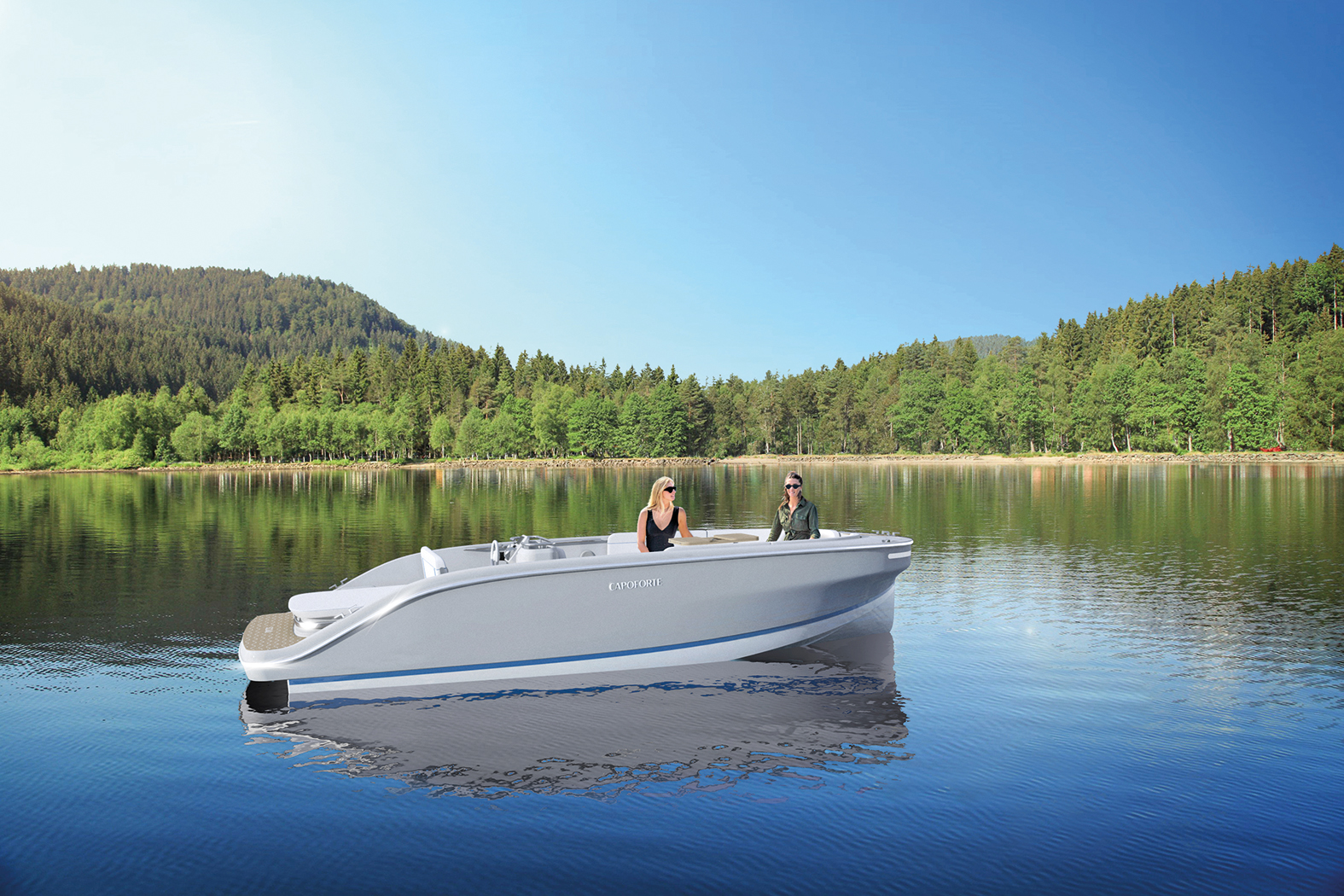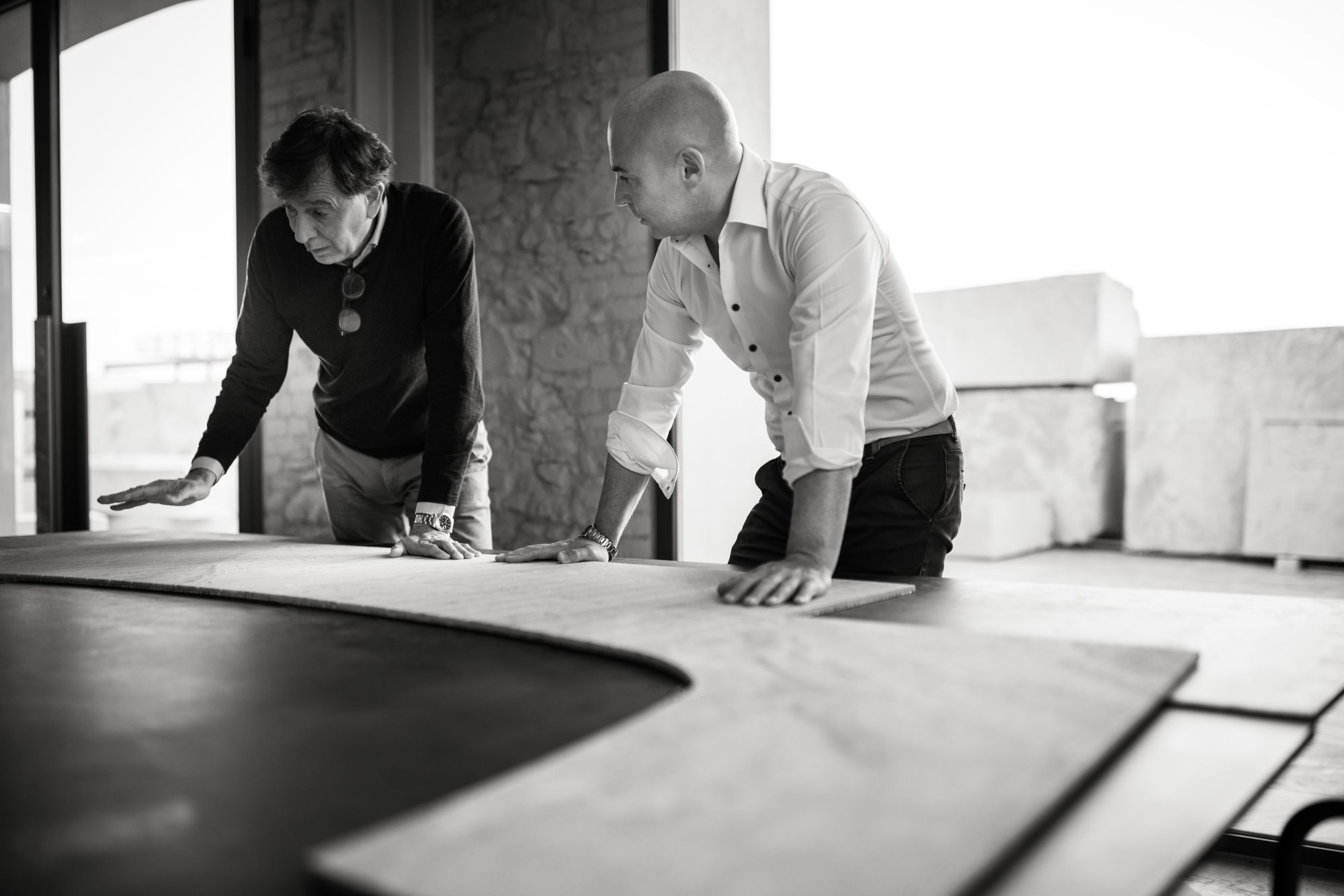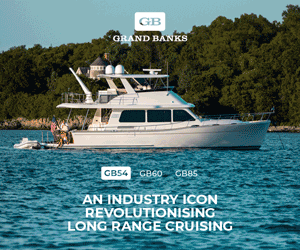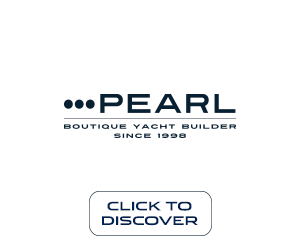Grande Designs
Designer and visionary Christian Grande draws on a deep appreciation for cars in his quest to create avant-garde motor yachts for Invictus. Here, he shares his heritage and his vision for the new wave of Invictus motor yachts.
Written by Jeni Bone
08 February 2023
Christian Grande is the maestro behind the eponymous design studio, which he established in 1992 in Parma, Italy, and which remains in high demand from proponents in the fields of yachting, automotive, interior design and architecture.
Marine projects make up around half of Christian Grande DesignWorks’ activity and, as he explains, his automotive pedigree influences his approach to yacht design.
Grande’s partnership with the passionate and proudly Italian motor yacht brand Invictus began in 2016 – a meeting of minds and aesthetics that has produced some of the world’s finest and most awarded craft.
Before founding Christian Grande DesignWorks, where had you worked and studied?
I graduated from the Liceo Artistico Statale Paolo Toschi (Art School Paolo Toschi) in Parma, where I learned a respectful and circumstanced approach to design, which cannot forget history and tradition while looking to the future.
After that, I completed a degree from the Istituto Superiore di Scienza dell’Automobile di Modena (Advanced Institute of Science Automobile Modena), known as ISSAM, where I gained a deeper understanding of car design. It’s something that strongly influences my manner and thinking.
What were your aims and ambitions when you first established your studio?
Of course, I strived to design successful and recognisable products while respecting the brand identity of clients. I like to design for the brand, not through it.
Looking back to 1992, how has your business evolved, and what has surprised you along the way?
I began with a strong orientation toward automotive design. Nevertheless, encounters and circumstances drove me to yacht design and, a decade later, architectural design. I have always appreciated those challenges, and noticed that all the skills and instruments I’ve used in one field are able to influence the others – this is what I appreciate most about cross-pollination.
What are some of your professional highlights from the past 30 years?
I’ve had the good fortune to meet true protagonists of design, style and fashion.
I’m especially thankful to Anna Fendi, who I met a few years ago.
Working with such a personality adds immense value to my personal experience as a designer and as an individual, besides assuring very special results.
I also had the opportunity to redesign the interiors of an exquisite hotel in Northern Italy – a magnificent building from the 1930s, where history and innovation have reached an astonishing balance.
How many design professionals now work at your studio? And do you have offices in other locations besides Parma?
Currently, we comprise 16 professionals – they are all specialists in order to manage projects in a matrix organisation. At the moment, our headquarters and offices are in Parma only.
What are the other arenas you design for?
I can say we work worldwide, but I would especially mention Boavista, in Portugal, for villas and resorts, together with Greece for large vessels.
What are your most recent or notable projects?
I’m always very glad to recall the Sessa Marine C52, which gained a first prize and a special mention shortly after its launch in 2008. It was the first acknowledgment we got as a studio, and it stands as a turning point for both my studio and the shipyard.
What proportion of your work is yachting?
Currently, yacht design stands for more or less 50 percent of our work overall.
What attracted you to working with Invictus? What are the synergies with your own skill set and style?
From the beginning, I loved the chance to work on everything – the brand, the positioning, the identity. Everything that deals not only with the product but marketing and communication as well. This resonates a lot with my profile since I have a strong orientation toward marketing. Now, it is marketing that decides product development.
Having a clear strategy is fundamental, and the success of Invictus passes through this awareness, together with the premium quality of final products.
What are the characteristics or design hallmarks of the Invictus marque that can be found across the model range?
The first thing to mention is the half reverse bow, a style feature that makes each boat within the Invictus range immediately recognisable, a family feeling spanning 28 to 46 feet.
Each Invictus model bears the personality of a larger yacht in the sense that the details, equipment and spaces on board are designed as if they belonged to a superyacht, then optimised to fit into a medium size – this is the reason why each model offers unimpaired feelings of ease, comfort and luxury.
How many Invictus models have you designed that have then been built?
All the Invictus models have been designed by our studio, without exception. There are also concepts and projects that currently only exist on paper but are conceived to explore, prepare for and anticipate new possibilities in terms of style and positioning. The Invictus TT460 won a 2020 Innovation Design Award at the Genoa International Boat Show – what appealed to the judges about that model?
Its capacity to summarise all the well-known style features of Invictus in a new scale, without losing balance and harmony. Besides this, the TT460 enters a very competitive niche where the only way to emerge from the masses is with personality and quality – which we achieved!
Are you working on an electric/hybrid range or model, and when will that launch?
We have designed the new Capoforte SQ240i, which will be the first of a new, entirely electric range. This craft, which is only 24 feet but looks larger, launched at the Genoa Motor Show in September 2022.
With a length of 7.38 metres and a width of 2.46 metres, the Capoforte SQ240i can carry up to eight people, thus concentrating a new navigation philosophy in less than 8 metres. For this model, I composed shapes specially designed for electric propulsion. The lines don’t express speed but must be harmonious, linked to a relaxed and relaxing type of navigation.
The Capoforte is able to interpret the soul of this owner, who does not seek speed. From the engineering point of view, we chose a specific rolling [hull lamination design], designed to achieve the best performance in terms of efficiency.
The debut model of the SQ240i uses the innovative Yamaha Harmo rim-drive electric propulsion system, with 3.7 kW power. It’s also a propulsion system that guarantees ease of manoeuvring, even in a small space.
The Harmo uses a rim-drive mounting around the outer edge of the propeller, allowing greater thrust at lower speeds than equivalent conventional engines. It’s equipped with a tilt function to lift it from the water when not in use, or if a boat requires grounding, in much the same way as a more conventional outboard.
The Capoforte SQ240i has also been designed to mount the Iscad V50, a 50-kW inline electric inboard that weighs just 45 kilograms. Its low-voltage components ensure high performance of the engine and battery usage, thanks also to the development of the synergy between the controller interface and the motor itself.
The wide and rounded bow made it possible to create a deck layout with comfort as its main feature. The entire hull is made with infusion technology.
The relaxed and convivial atmosphere on the deck is enhanced by an extremely versatile layout, where a large folding table can make room for an extra cushion. In this configuration, the whole bow section of the boat turns into a large full-beam sundeck for maximum enjoyment.
The central console allows for easy and safe movement, and its design recalls that of an elegant and high-tech piece of furniture, avoiding ostentatiously dynamic shapes that would be inappropriate for this type of product.
Aft, a large central sundeck allows you to fully enjoy the comfortable full-width platform. On the SQ240i, the spirit of the Capoforte models is enhanced by a combination of colours; chromatic choices that, with the clarity and brilliance of the luminous tones and the electric-blue underlining, convey the disruptive energy of electricity and suggest a deep integration with the water element.
Are there any other current trends or developments in yacht design materials, techniques or technology that excite you?
I am never easily seduced by technology, even though I am fond of green. I am also aware that progress reaches yacht design much later than other markets, such as automotive.
Here, the production quantities and the investments allow for real state-of-the-art technologies, while yachting is always a bit late. Nevertheless, I see those features as instruments, trying to get the best possible result with them and achieve an actual balance between all the aspects – aesthetics, techniques, economy and so on.
Do you enjoy the boating lifestyle?
Yes, indeed. Unfortunately, I haven’t got much time to spend on board. But every cruise is an extraordinary occasion to relax, rest and chill out with my loved ones.
And lastly, do you own a boat?
I don’t, but every year I can choose a boat from the ranges of the shipyards the studio works with to spend some days on board. It’s a great chance to learn in the field what works and what can be improved on the vessels to achieve the best possible result in terms of efficiency and customer experience.
This feature appeared in Ocean issue #104.




